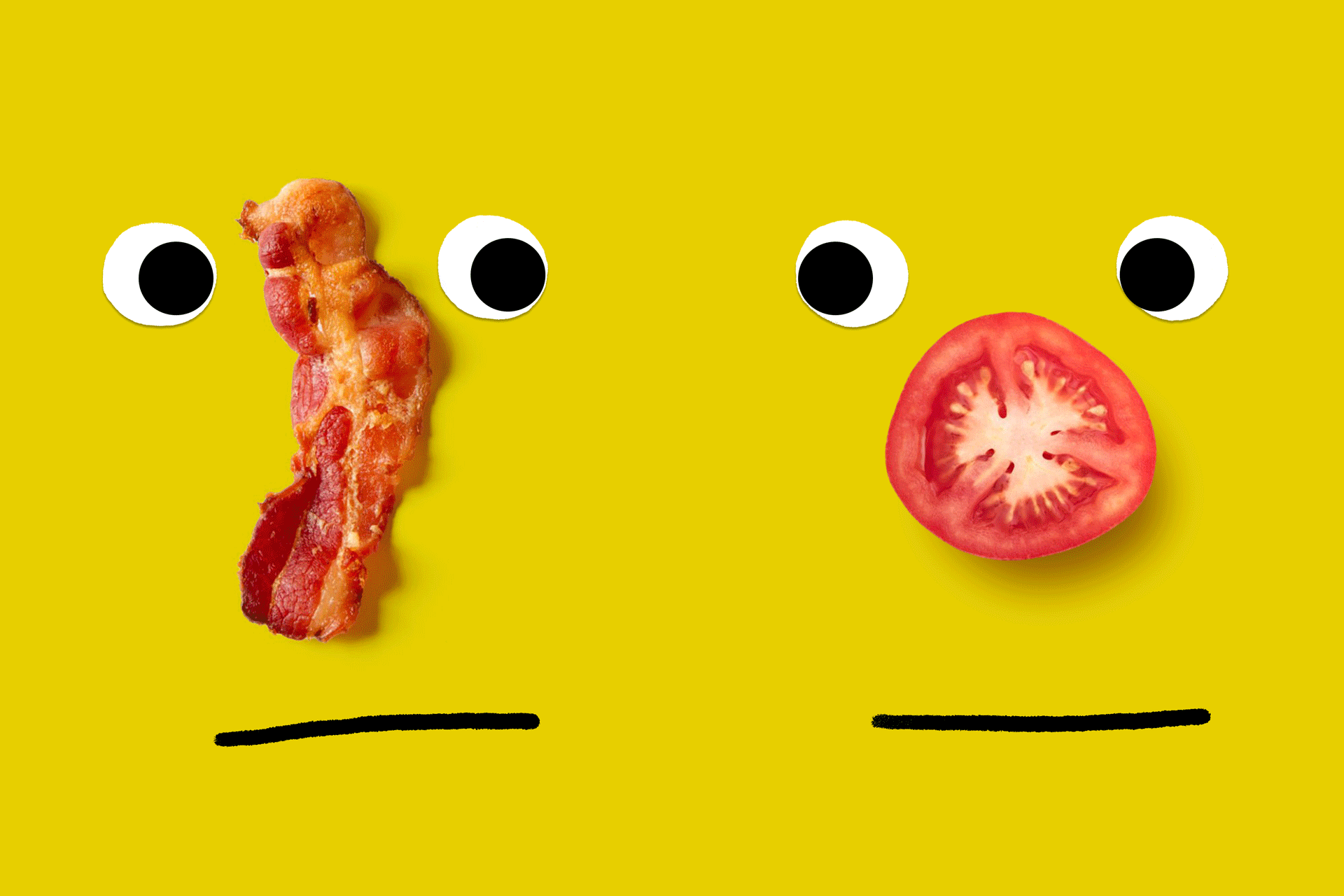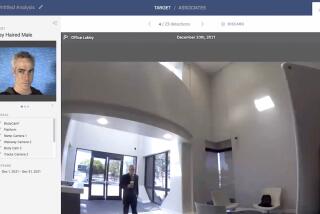Firm Sees Appearances Measure Up : Special Instruments Test Products for Visual Characteristics
- Share via
As Philip Hunter knows all too well, appearances can often be deceiving. When Florida citrus growers came to his company years ago, they had a unique problem: They had trouble making sure the color of their orange juice matched U.S. standards.
Their difficulties, Hunter said, led to squabbles with federal inspectors, but Hunter Associates Laboratory solved all that--it provided a device that would automatically tell growers that their orange was as orange as need be.
“What you see is not always what you think you see. We think you can translate what you think you see into something you can measure with an instrument,” Hunter, president of the company that bears his family name, said in a recent interview.
Hunter and his company are in what’s known as the “appearance measurement” business. That essentially means designing and manufacturing devices that can measure color, gloss, haze and other such visual characteristics in a wide range of business products.
It’s a small field, but one in which the Reston, Va., firm has developed a comfortable niche.
The company does business with dozens of manufacturing concerns, including Procter & Gamble, Benjamin Moore paints, Ford and General Motors. Yearly sales are more than $15 million, Hunter said, and recently the firm broke ground for a 61,000-square-foot headquarters facility.
In other words, it’s a far cry from the small testing and consulting firm founded in 1952 by Philip Hunter’s father, Richard S. Hunter.
Richard Hunter originally worked right out of his McLean, Va., home. Today the company he spawned employs more than 160 workers in a complicated development and marketing operation that sells its products in more than 60 countries.
The elder Hunter, who was the brains behind HunterLab, got his start in 1927 as a scientist at the National Bureau of Standards, and then as an optical engineer at the Gardner Laboratory in Bethesda, Md., according to his son. In those early days, analyzing and measuring colors were exacting, time-consuming tasks that took hours.
Realm of Specialists
They were also largely the realm of specialists. According to his son, Richard Hunter saw substantial business applications. “He realized that the systems that the scientists developed were not that comprehensible to those of us in the business community,” said Philip Hunter, who succeeded his father in 1981 as president after eight years with the firm.
The elder Hunter developed a model of color space--a scale, essentially, along which one can classify quantitatively color and other visual attributes of an object. He also developed instruments--known in the trade as “colorimeters” and “spectrophotometers”--with which businesses and others are able to measure those visual attributes according to his scale, known as the “L,a,b” system. Today, these instruments can perform in a matter of seconds tasks that once took Hunter hours.
Neither the scale nor the instruments were entirely new concepts. The trick was that the Hunter system was comprehensible outside laboratories.
Richard Hunter “introduced a concept that was more easily understood,” said Charles G. Leete, secretary of the Manufacturers Council on Color and Appearance, a trade association for nine companies involved in the color-instrumentation business. “The other scales had numbers nobody else could relate to unless they were scientists,” he said.
Although the science of optical engineering has advanced rapidly since the company was founded, the scale and the instruments remain at the heart of the business.
“Our perception of color changes from day to day. This doesn’t,” said Philip Hunter, pointing to one of the colorimeters in the laboratory.
Explaining the importance of the device, he added: “If you’re in California and I’m in Texas, and I’m going to make one piece of equipment and you’re going to make another--but they’re going to bolt together--by using an instrument we make, you know you can match.”
Measure Soap Color
HunterLab’s first major customer was Procter & Gamble, which bought some instruments in the 1950s to measure the color of its soaps. Since then HunterLab has greatly expanded the scope of its business, said Hunter:
- GM and Ford use HunterLab instruments to help measure the finish on their new cars, as well as the upholstery inside.
- Textile manufacturers buy equipment to help them sort material sent to garment makers.
- Benjamin Moore, a paint manufacturer, used the instruments to set up a computerized color-matching system for its retail distributors. Customers can walk into the store, show an object, and ask to buy a paint that matches.
- USA Today uses HunterLab equipment to control color production at its printing plants.
- Frito-Lay uses colorimeters to measure the appearance of its corn chip snacks.
As a privately held company, HunterLab refuses to disclose its earnings performance or market share. But the industry, though small, has roughly a dozen domestic and international contenders, some that are parts of much larger operations, such as Minolta.
Major Competitor
One of HunterLab’s major competitors is Gardner-Neotec, a division of Pacific Scientific Co. located in Silver Spring, Md. The division includes Gardner Lab, where Richard Hunter once worked and that has been manufacturing appearance-measurement equipment since the 1920s, said its president, Joseph J. Sacco.
Sacco said the relatively crowded field makes the marketing end of the business especially important today. Companies must constantly seek to apply their technology, he said, not only to traditional fields such as plastics or paints, but also to new ones. Gardner, for instance, is making a special push in cosmetics, Sacco said.
Sacco and Hunter said providing companies individual service attention is essential. Often, Hunter said, ideas for new products are generated from discussions with clients. “You have to help the customer in a lot of cases. He knows he has a color problem, but he doesn’t know how to solve it,” Hunter said. “We have extensive resources to help a customer solve his problems.”
New Product
How, for instance, do you make sure that your cookie is as “done” as it ought to be in baking? That’s one of the questions one of HunterLab’s newest products--the Qual-Probe--seeks to answer.
The Qual-Probe is equipped with an electronic sensor that enables companies to measure the appearance of foods--from cookies and crackers to hamburger buns and potato chips--as they come down the assembly line. Keebler Cookies already bought one of the $25,000 machines, Hunter said, and other manufacturers are considering purchases.
“There’s a real interest in the food industry because there’s a real emphasis on quality,” Hunter said. “As people become more and more quality-conscious, the market seems to be growing.”
More to Read
Inside the business of entertainment
The Wide Shot brings you news, analysis and insights on everything from streaming wars to production — and what it all means for the future.
You may occasionally receive promotional content from the Los Angeles Times.










